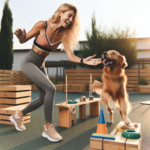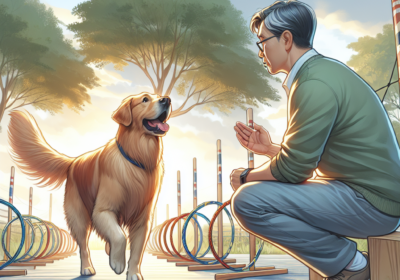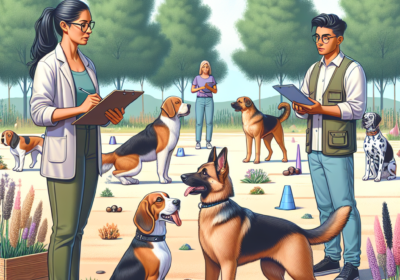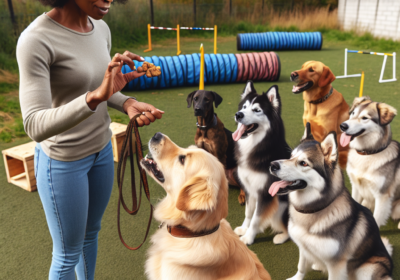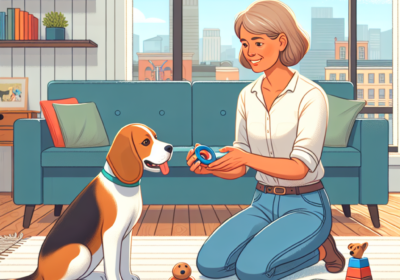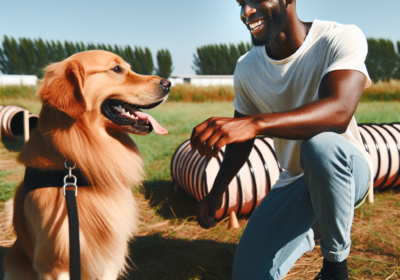Unleashing the Potential: An Introduction to Dog Freework
Unleashing the Potential: An Introduction to Dog Freework
Dogs are known for their loyalty, intelligence, and boundless energy. They thrive on physical and mental stimulation, making them perfect candidates for various activities that tap into their potential. One such activity is dog freework, a training method that allows dogs to explore their natural instincts and abilities. In this article, we will delve into the world of dog freework, exploring what it is, its benefits, how to get started, and tips for maximizing your dog’s potential in freework.
What is Dog Freework?
Dog freework, also known as free shaping or shaping, is a training technique that focuses on allowing dogs to make choices and problem-solve on their own. Unlike traditional obedience training, where dogs are given specific commands to follow, freework encourages dogs to think independently and use their instincts to figure out what is expected of them. It involves breaking down complex behaviors into smaller steps and rewarding the dog for each successful attempt.
Benefits of Dog Freework
Dog freework offers numerous benefits for both dogs and their owners. Firstly, it enhances the bond between the dog and the handler. By allowing the dog to make choices and problem-solve, the handler becomes a facilitator rather than a dictator. This creates a sense of trust and cooperation between the two, leading to a stronger bond.
Secondly, freework stimulates the dog’s mind and taps into their natural instincts. Dogs are born problem solvers, and freework provides an outlet for them to use their intelligence and creativity. This mental stimulation helps prevent boredom and can alleviate behavioral issues caused by a lack of mental stimulation.
Furthermore, freework promotes confidence and independence in dogs. As they successfully complete each step of a behavior, they gain confidence in their abilities. This newfound confidence translates into other areas of their lives, making them more resilient and adaptable.
Getting Started with Dog Freework
To get started with dog freework, it is important to have a clear understanding of the behavior you want to shape. Break it down into small, achievable steps that your dog can easily understand. For example, if you want to teach your dog to retrieve an object, start by rewarding them for simply touching the object with their nose. Gradually increase the criteria, rewarding them for picking up the object, then carrying it a short distance, and so on.
Use positive reinforcement techniques such as treats, praise, and play to reward your dog for each successful attempt. Timing is crucial in freework, so make sure to reward your dog immediately after they perform the desired behavior. This helps them make the connection between their action and the reward.
Tips for Maximizing Your Dog’s Potential in Freework
1. Be patient: Freework requires time and patience. Dogs learn at their own pace, so avoid rushing the process. Celebrate small victories and build upon them gradually.
2. Keep sessions short and fun: Freework should be enjoyable for both you and your dog. Keep training sessions short, around 5-10 minutes, to maintain your dog’s focus and prevent frustration.
3. Set realistic goals: Start with simple behaviors and gradually increase the difficulty level. Setting realistic goals ensures your dog’s success and keeps them motivated.
4. Seek professional guidance: If you’re new to freework or facing challenges, consider seeking guidance from a professional dog trainer. They can provide valuable insights and help you overcome any obstacles.
In conclusion, dog freework is a rewarding training method that allows dogs to tap into their potential and explore their natural instincts. It enhances the bond between dogs and their owners, stimulates their minds, and promotes confidence and independence. By following the tips mentioned above and being patient and consistent, you can unlock your dog’s full potential in freework and enjoy a fulfilling and enriching training experience.




